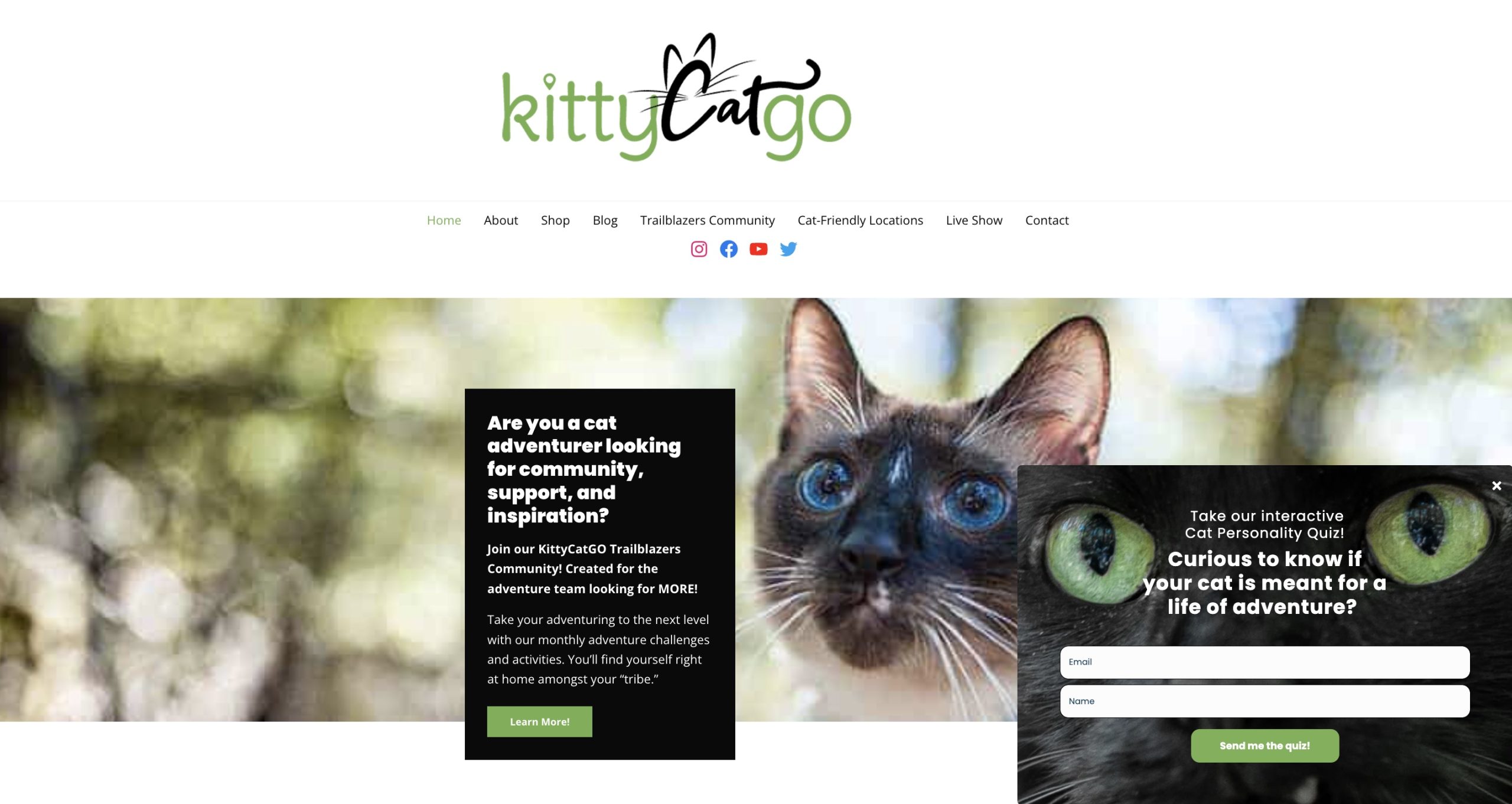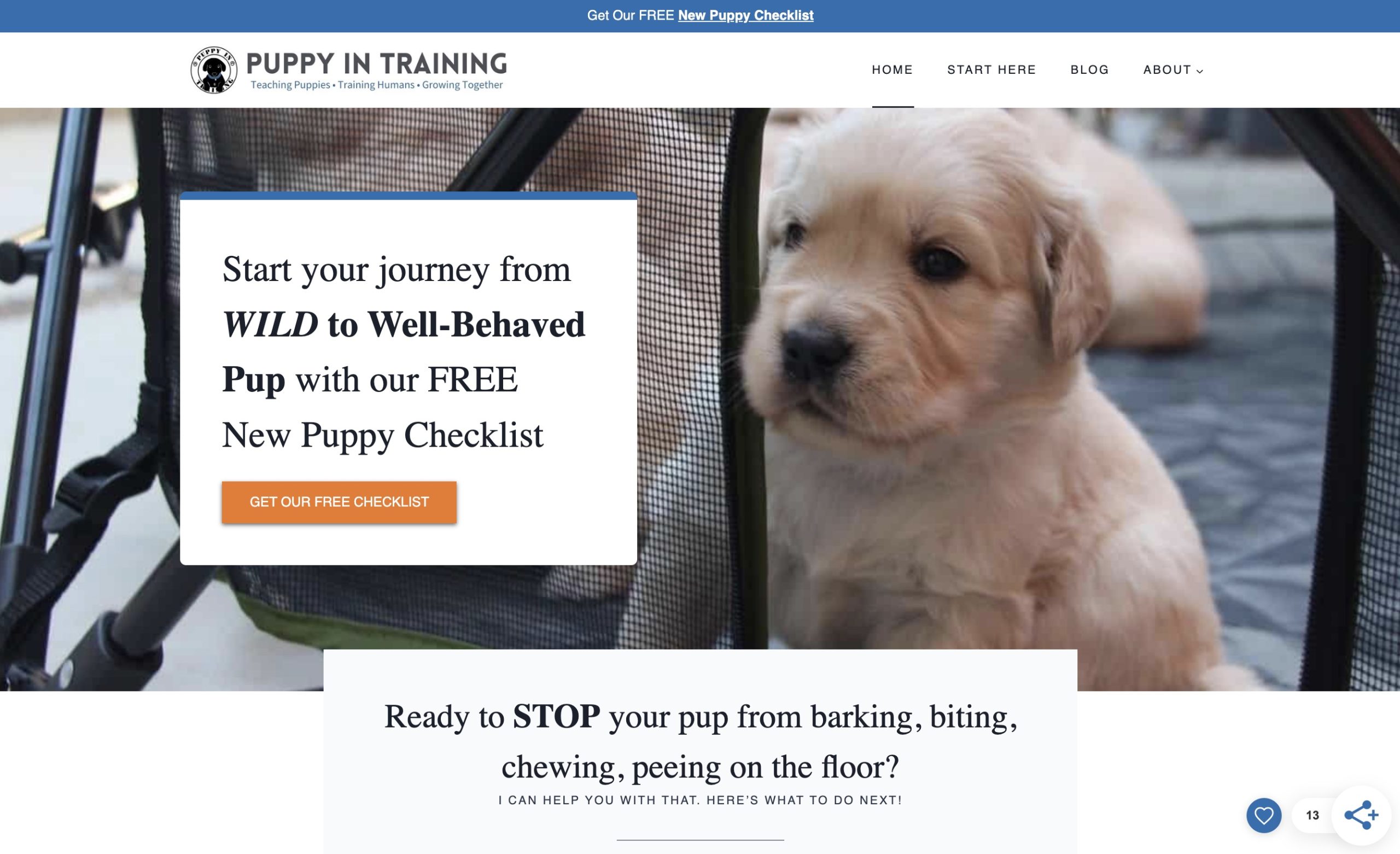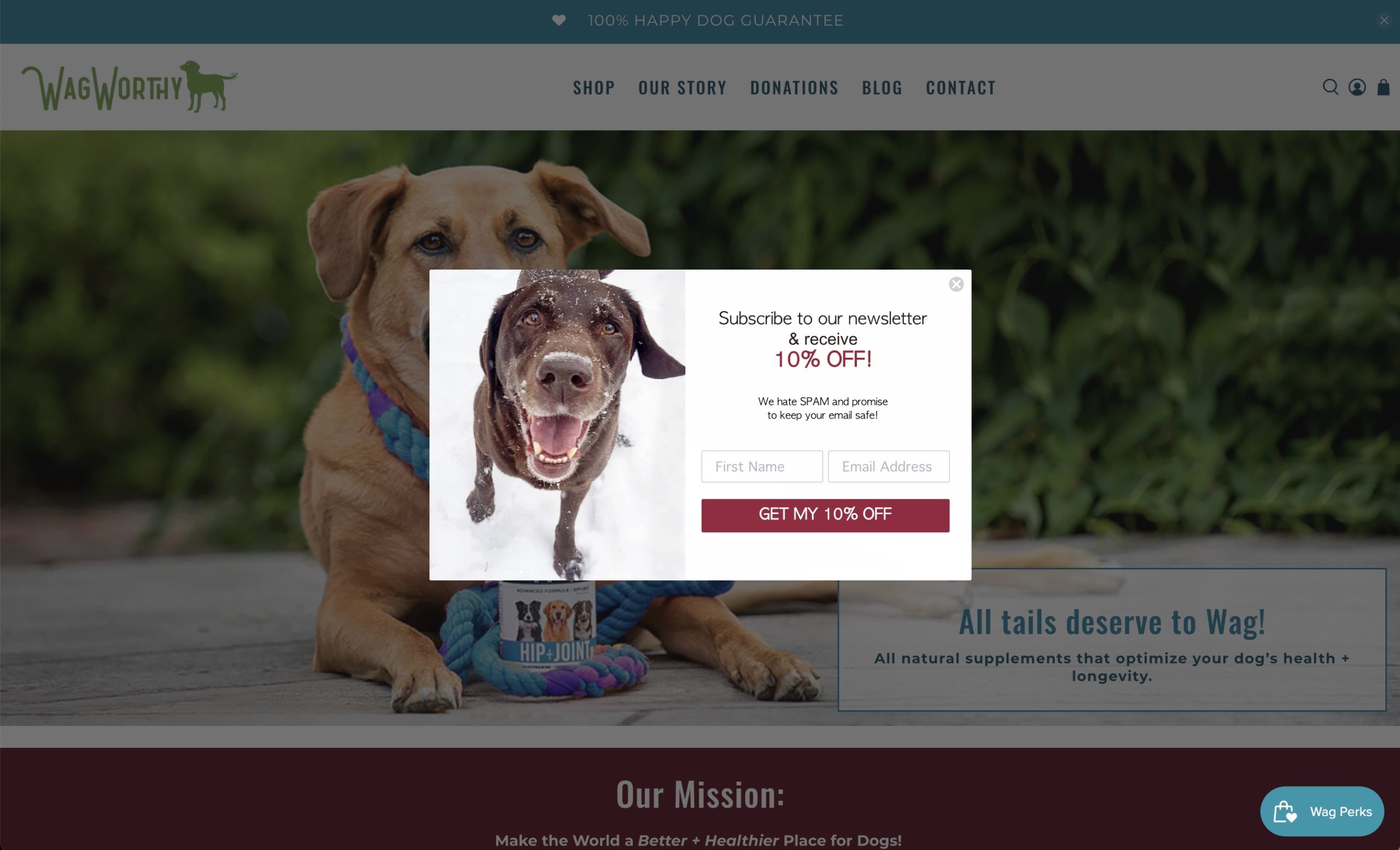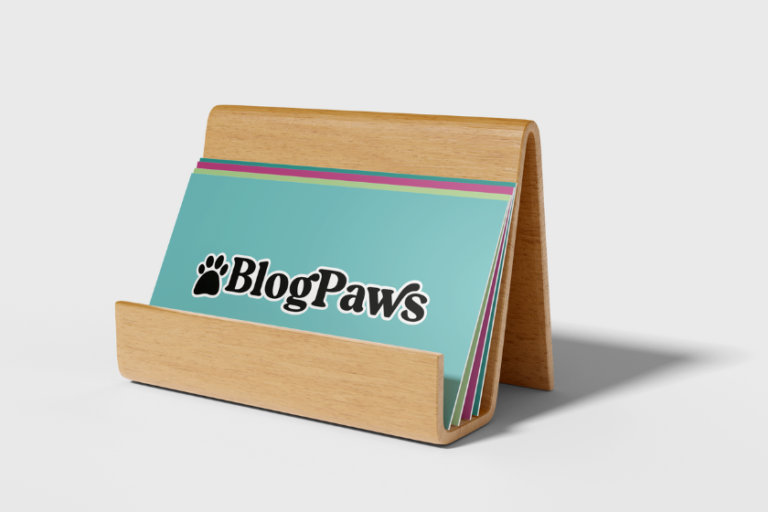What Are Lead Magnets and Why Your Pet Business Needs Them
Growing an online business means wearing many different marketing hats – social media marketer, content marketer, email marketer, etc. – and each of those marketing hats will benefit by using lead magnets. But, what are lead magnets?
Each online business is working to grow their audience. It doesn’t matter whether they want that audience to buy a product, to buy a service, or just to buy into the ideas you share on your site. As a pet business online, you want your audience to always be growing. The bigger your audience, the more valuable your business becomes.
Lead magnets are a great way to grow your audience, so let’s start at the beginning.
What is a lead magnet?
The term lead magnet is used to describe something you give to your audience in exchange for their information, usually their first name and email address. You may also hear lead magnets referred to as freebies. However, since a person must give you a highly valuable piece of information, their email address, we believe lead magnet is a more proper term.
A lead magnet needs to literally be like a magnet to your audience. It should have a high perceived value that makes them feel like they MUST have it.
It’s that feeling of desire for your lead magnet that gets people to share their information, and thus, give you a spot in their inbox.
Why are lead magnets important to business growth?
Lead magnets have always been important for business growth. Before businesses existed online, lead magnets were all tangible. Even today plenty of companies use tangible lead magnets in an effort to grow their business.
These days we call the physical items swag. Just looking around my desk I have a lot of swag: sticky notes, pens, journals, stuffed animals (eh hem, probably more than an adult should have, but proud of it!), stress balls, pins, stickers, and other small items that are constantly reminding me of the companies that gave the swag to me.
Lead magnets are the online version of swag. They can often be printed and thus, become tangible, but they can also exist in a fully digital capacity.
Just like swag, lead magnets are a touch point between you and your audience. They begin a relationship that you can nurture and grow. When done well, lead magnets set the stage for you and your audience to create a positive relationship that keeps them coming back to you over and over.
In other words, lead magnets equal business growth.

How to Create a Lead Magnet
Now that we’ve covered what a lead magnet is and why they are important, let’s talk about what you need to create a lead magnet.
Before you decide what kind of lead magnet you want to create, we recommend doing a little bit of analysis. You want your lead magnet to have a high perceived value, so take a little time to think that through.
Five steps to complete before creating your lead magnet:
1. Be sure you know your audience well.
Have you done an exercise where you define your ideal avatar?
The perfect person that everything you create will appeal to?
This will help you ensure that you are creating something that people want. Consider these questions:
- What do they like?
- What do they value?
- Where do they hang out?
- How do they behave there?
- What motivates them?
2. See what the competition is offering them.
While we prefer collaboration over competition, it’s important to know what other businesses that are like yours are offering their audience. Use the knowledge for inspiration. Don’t copy them, but learn from them.
3. Define the value you deliver with a new perspective.
Your perspective matters. In fact, it’s what makes you unique. Your perspective is built on your experiences. No matter how similar other people’s journey’s are to yours, they are never identical. Your specific journey offers you a perspective that can help you stand apart from your competition.
Use that perspective. It’s part of your pet business brand story. Use it to define the promise that you make with your lead magnet. Be sure to appeal to the emotions of your audience. Emotions will connect you more quickly and make people remember you.
Pro tip: we use Belief Statements to help define value. The first two belief statements are answering the questions “What do you believe?” and “Why do you believe it?”
Hundreds of people, probably thousands, have the same answer to “What do you believe?” But, almost everyone has a unique answer to the question “Why do you believe it?” A unique story or experience often drives the reason for the belief. That’s where perspective comes in.
4. Decide the type of lead magnet you will create.
There are really endless options to what kind of lead magnet you can create. You can make a guide, a checklist, an ebook, a white paper, a template, a printable, a webinar, a quiz, or many other things.
If you have a product to sell, offering a large one time discount is a lead magnet.
If you’ve done your research in #1-3 above, then you can use that information to decide what you believe your audience will want and create that for them.
5. Be sure you know your goal for your lead magnet.
Goals are important. Goals that are measurable are even more important. You want to make sure you know exactly what your goal is in numbers, and what the timeline is to reach that goal. Also, write down what success looks like.
For example, if you create a seasonal guide that mostly helps people in the summertime, then you want to know how long you can promote it and how many leads you hope to bring in during that time.
Let’s say you plan to promote it for 2 months and you hope to bring in 2,000 leads in those 2 months. That defines the goal and the time, but what about success? If you get to the end of 2 months and you have 1800 leads, does achieving 90% of your goal count as successful? Define those goals before you start promoting.
Examples of Lead Magnets
There are so many examples of lead magnets and there are even more options for what a lead magnet can be. But to help stir some inspiration, here are a few examples to consider.
Over on KittyCatGo, Emily uses a quiz to generate leads. She shares the opt-in for the lead magnet in more places than just her site, but you can see how she’s appealing to her cat-adventuring audience with words and imagery.
Over on Puppy in Training, Colby uses a checklist to pull in new leads. Since his site is all about puppies, what’s better than a new puppy checklist? It’s an easy deliverable with a high value perception to the new puppy parent.
If you are a product based pet business, consider offering a discount for people who join your list. This is common in the space, and if you reach the audience looking for your product, or thinking about it, chances are they want the discount and will share their info for it. Here is what you’ll find over on Wag Worthy Naturals, a site selling joint supplements for senior dogs.
Each of these examples show a different kind of lead magnet, but a connection to the intended audience. Everything from the words to the images align with who they are trying to reach.
Lead magnets are a business growth tool. If you aren’t already using them, think about what you can create to attract your ideal audience.
This is just the first part though. Once you have created your lead magnet, then you have to set up the delivery and nurture sequence to keep that new lead active. That’s when you put on your email marketing hat.
What lead magnets have you tried using? What was most successful for your business and why? Let us know in the comments!
About the Author: Chloe DiVita, BlogPaws CEO, has 15+ years of experience in digital marketing, the pet industry, and as a greyhound mom. She’s earned accolades like, Pet Age’s 40 Under 40 and Muse Medallions from the Cat Writers’ Association. Formerly Executive Producer for TEDxCambridge, she brings storytelling and public speaking to her work with creators, leaders, and brands. Read more…







